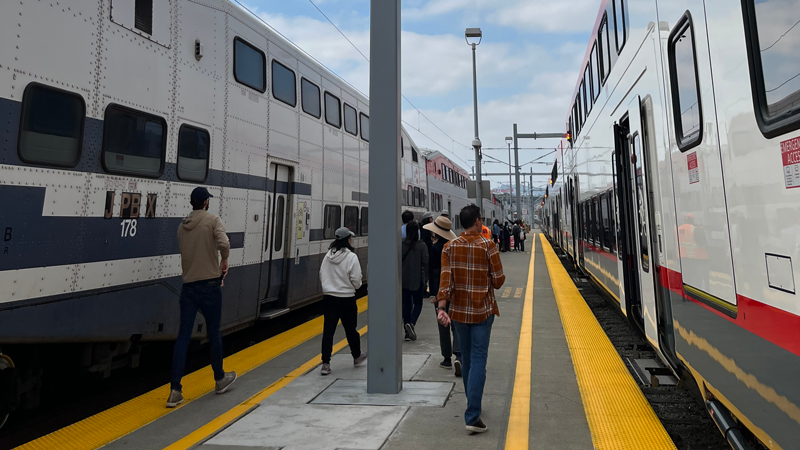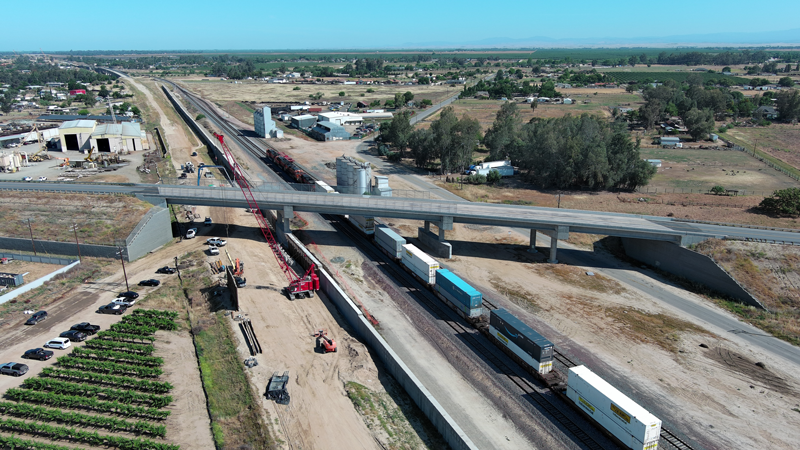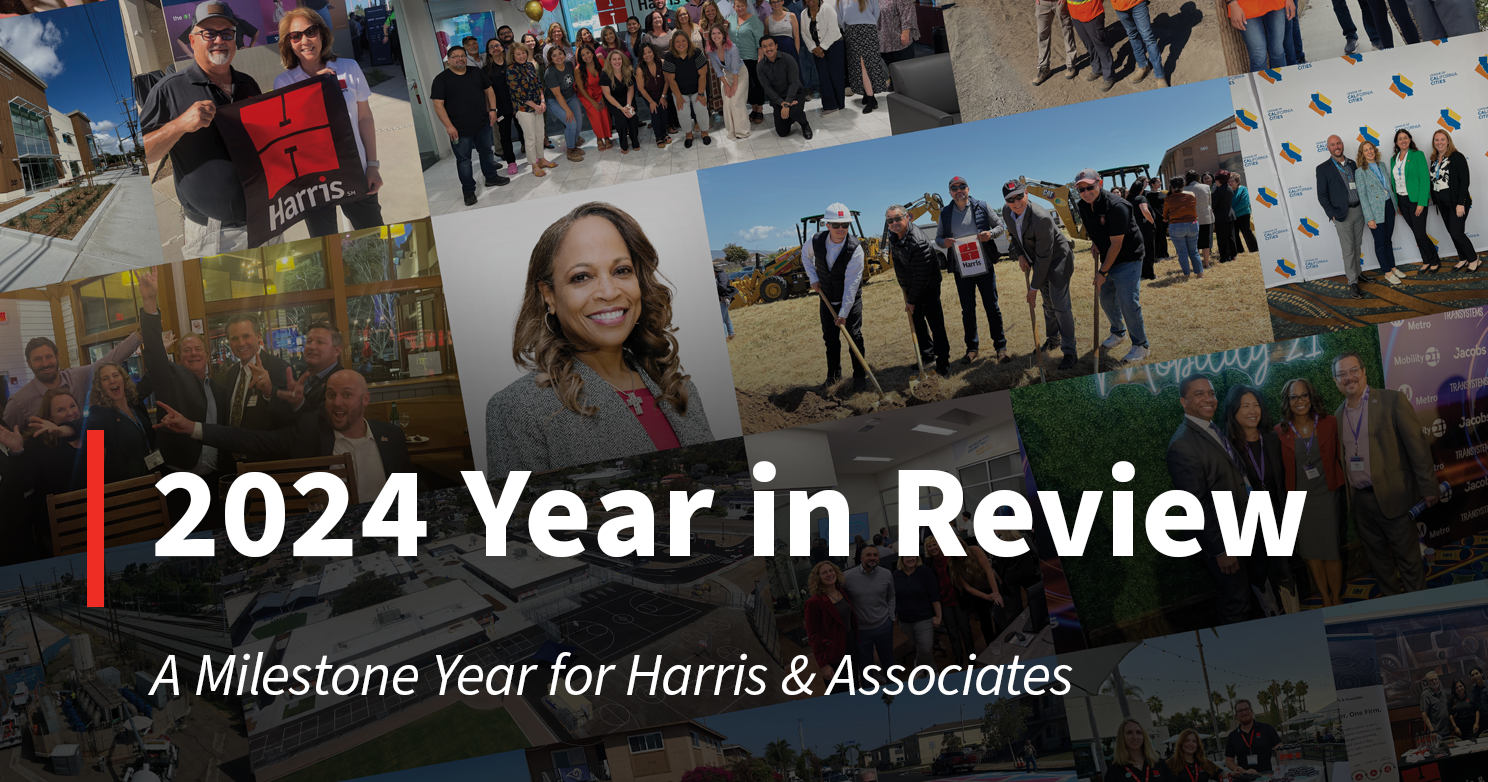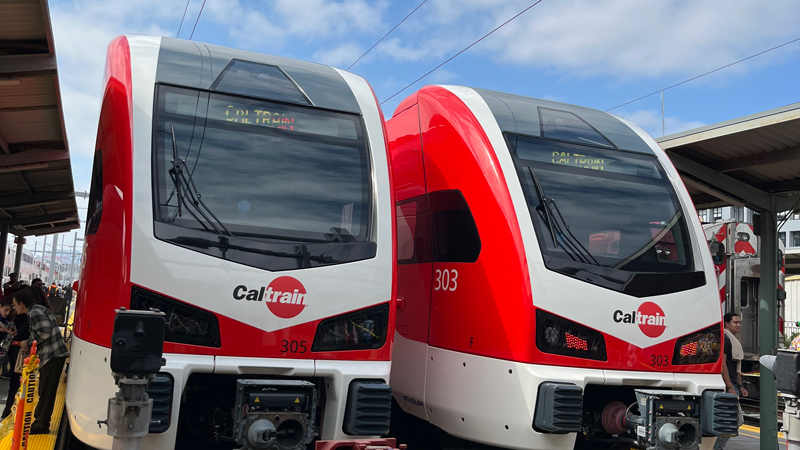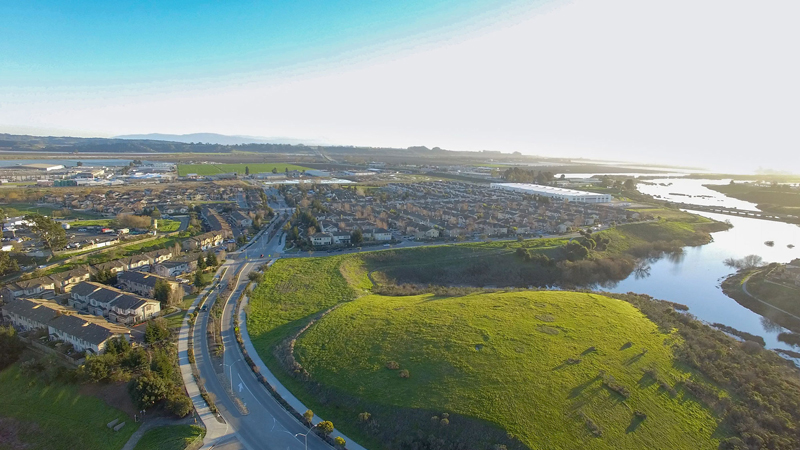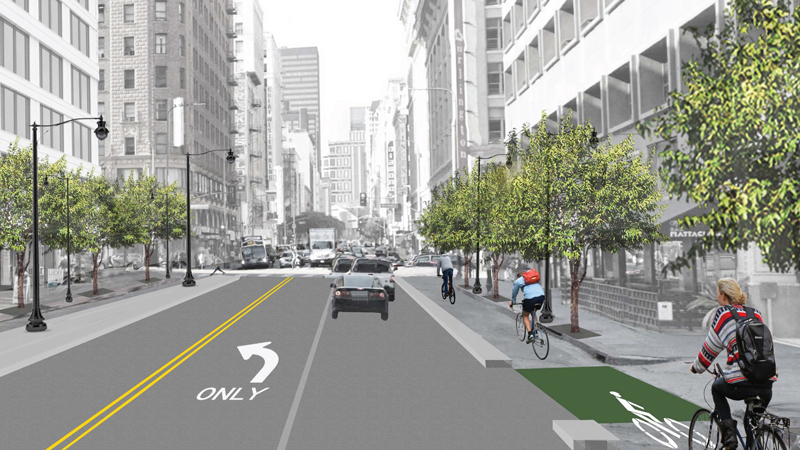Blogpost
2.5 minute read
August 28, 2017
Any time the California Transportation Commission (CTC) assumes new responsibilities, the change affects public works agencies. All eyes are currently on the CTC because the Road Repair and Accountability Act of 2017 (SB1) greatly expanded its role.
Since SB1 went into effect immediately after it was passed on April 6, the CTC has been busy filling in the details of how to implement the law. We wrote this post to help you during the transition.
Oversight for New SB1 Funding
SB1 created a new Road Maintenance and Rehabilitation Account (RMRA) for new program funding and gave CTC oversight of that money. Beginning on November 1, 2017, the state Controller will deposit portions of the funds into the RMRA. Some will be given to eligible cities and counties for basic road maintenance, rehabilitation and critical safety projects.
How to Qualify for SB1 Funding
To be eligible, cities and counties must send the CTC an annual list of proposed projects, each with a description, location, schedule for completion and the improvement’s estimated useful life. As long as the projects are consistent with RMRA priorities, the list will preserve the flexibility of an eligible city or county to fund projects to meet local needs and priorities.
The CTC is developing and adopting guidelines and performance criteria to ensure efficient use of the funds. Throughout this summer, the CTC is consulting with local agencies in many meetings to hammer out the details, including how to deal with projects that continue for multiple years. Once the guidelines are in place, RMRA funds will be continuously appropriated for use by agencies.
More Time to Submit for SB1 Funding
This cooperative approach played out well for The Local Streets and Roads Funding Annual Reporting Guidelines. CTC staff worked collaboratively with cities, counties and the Controller’s Divisions of Audits and Local Programs to develop initial draft program reporting guidelines.
Once the draft guidelines were released, emails and letters poured in with feedback and led to a workshop to discuss stakeholder comments. The wide-ranging discussion sparked productive changes such as moving the FY 2017-18 project list submittal due date from September 15 to October 16 to better accommodate city and county budget development processes.
Changes to Support Phases
SB1 has also changed the way support phases are managed: It requires an allocation of funds for each support phase after July 1, 2017. For example, before SB1, Caltrans could begin work on pre-construction State Highway Operation and Protection Program (SHOPP) support phases without receiving an allocation from CTC. That won’t happen in the future.
Next Steps
Changes to the CTC are intertwined with new opportunities to seize significant increases in funding. As these programs roll out, we’ll keep on top of them and share the details with you. If you have any questions in the meantime about SB1, please share them here. We’ll do our best to answer them.
Stay up-to-date on SB1 guidelines by visiting www.weareharris.com/sb1
